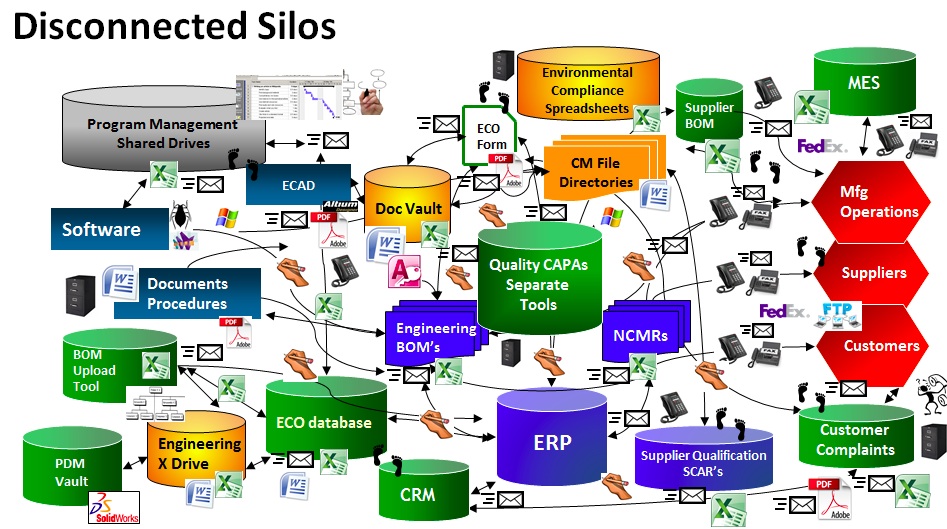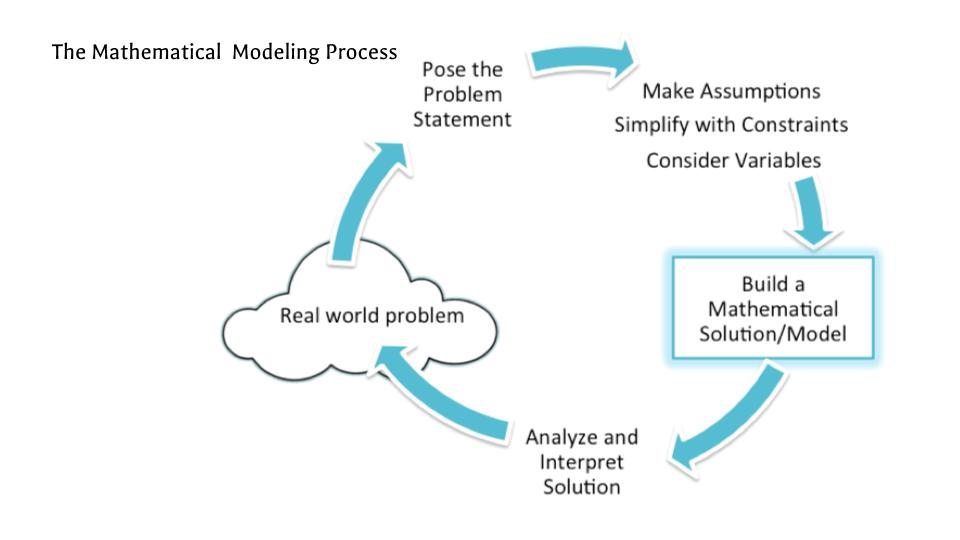
These requirements are considered to see how the new or improved business practices will perform under different circumstances. Here, automated processes and human activities are added together to a workflow design with their various conditions and requirements. Modeling is where theoretical business processes are analyzed and put in graphical format. The main challenge here is not knowing whether and how the new or improved processes will affect the business. The business might also decide that its current processes are good enough but need to be tweaked a little. 2. Modelingĭepending on the results from the analysis stage, a business might have to come up with and implement new business processes. If not, the findings are used in the next phase: modeling. Once a business completes the analysis phase, it can tell whether its processes are aligned with its goals and objectives. Quantitative analysis, on the other hand, focuses on raw numbers, statistics, and figures with a focus on capacity requirements, wait times, parallel activity performance, error rates, costs, and capacity issues. Qualitative analysis is important in identifying redundancies, wastage, and losses in business processes so they can be eliminated. By doing so, the business can understand how core business processes affect its performance.īusiness process management analysis can be divided into qualitative and quantitative analysis. At this stage, the business might also want to take a look at the performance requirements, which can be used in conjunction with the process analysis to identify the strengths and weaknesses of the processes under examination. It is also important to identify all dependencies of the identified business processes.Ĭertain methodologies can be used in the analysis phase, with the most common one being the gathering of relevant data and information regarding the process under examination and analysis. The objective of the analysis phase is to discover whether the processes that are currently in place align with the goals and objectives set forth by the business. Understanding current or prospective business processes is the aim of business process management. Optimize: Activities that are used for optimizing the ongoing work of a BPM processįocusing on delivering business value on the day-to-day operations, BPM is a discipline that evolves year by year and entails the continuous: 1.Control: Activities that are used for monitoring and controlling the ongoing work of a BPM process.Implement: Activities that are used to implement or deploy a BPM process.

Design: Activities that are used to design a BPM process.Plan: Activities that are used to plan and document a BPM process.They can be divided into five categories: Without Business Process Management, organizations are experiencing difficulties in adopting the new trend of Digital Transformation.īPM activities are the tasks that help to execute the BPM process.

BPM system supports people in increasing operations transparency, collaborating effectively, maximizing profits, and reducing costs.

Starting with BPM, it should be clear that a system can not perform Business Process Management on its own. Business Process Management formulates strong connections between cross-functional business processes. “Business Process Management (BPM) aligns to the delivery of business objectives in terms of organizational goals, services, or products that customers or clients need, through the management and improvement of several sets of activities that are carried out.”īPM is a non-stop activity that integrates employees, customers, partners, information, and systems, which should collaborate to deliver beneficial results. What is Business Process Management (BPM)


 0 kommentar(er)
0 kommentar(er)
